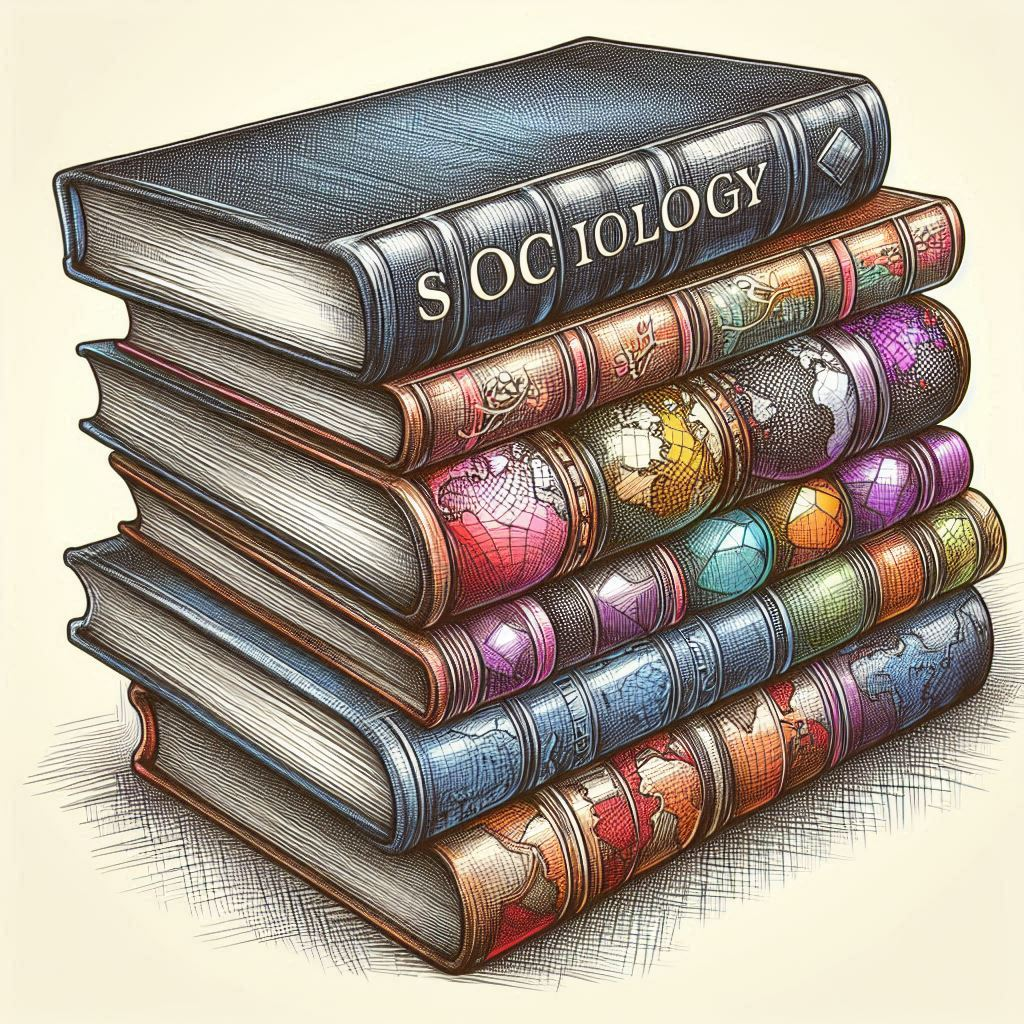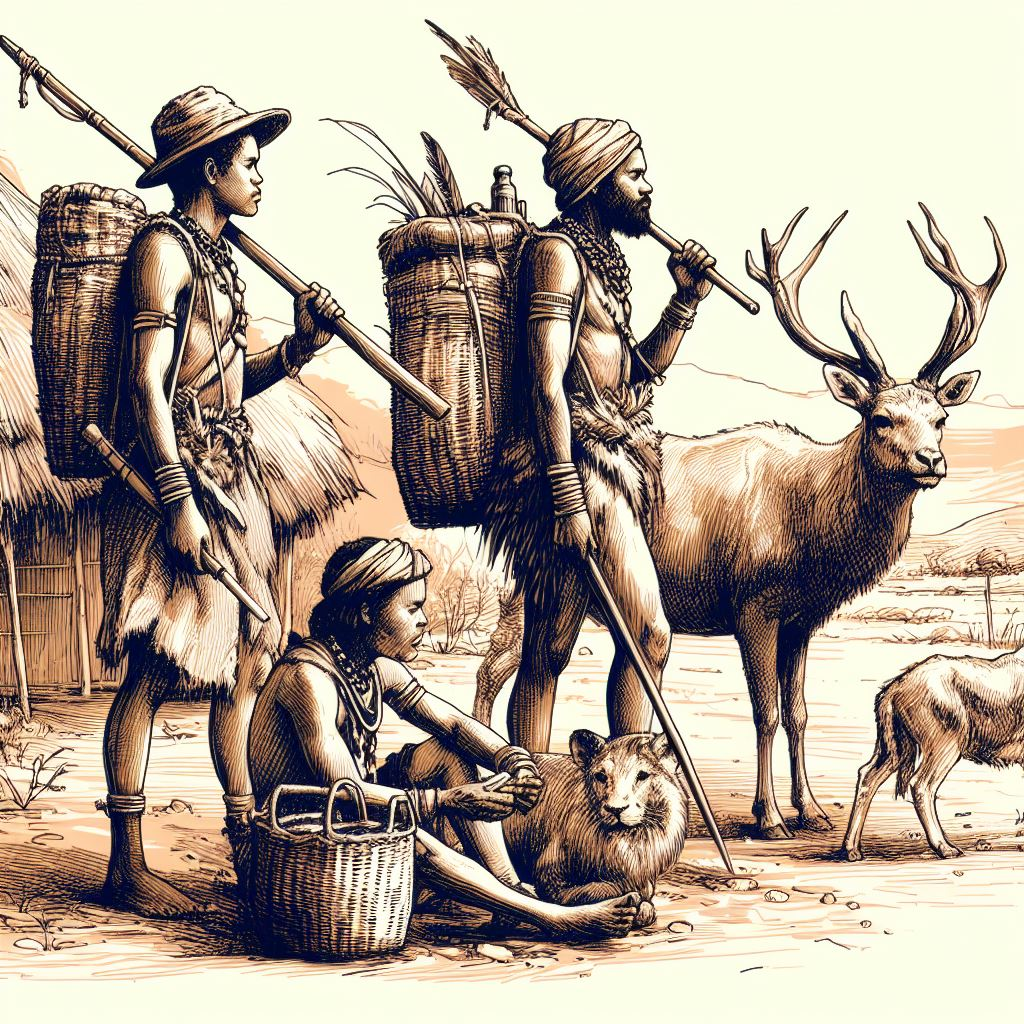Social norms are the unwritten rules that govern behavior within societies. They shape the way we interact, define acceptable behavior, and contribute significantly to social order. Even though many of these rules are not formally codified, their influence permeates every aspect of our lives—from how we greet one another to the laws that govern our communities.
Introduction
In any society, social norms serve as a blueprint for behavior. They are the culturally specific guidelines that tell us what is “appropriate” or “inappropriate” in various social contexts. While norms may seem obvious to those within a community, their origins and mechanisms of enforcement are complex. In academic discourse, social norms are often discussed in relation to related constructs such as values, roles, and institutions. Understanding these unwritten rules is essential not only for social scientists but also for policymakers and anyone interested in understanding social phenomena and promoting social change.
Meaning, Definition, and Characteristics
Meaning and Definition
Social norms can be defined as the shared, informal rules and expectations that guide behavior in a group or society. Unlike laws that are formally written and enforced by the state, norms are internalized through socialization and maintained via informal sanctions like praise or ostracism. They arise from a mixture of tradition, cultural evolution, and practical coordination among members of a community.
Numerous sociologists have defined social norms in ways that emphasize their central role in the fabric of society. Here are several definitions from standard textbooks and classic works:
William Graham Sumner (1906): In his seminal work Folkways, Sumner distinguished between “folkways” and “mores.” He defined social norms as the common customs and habitual ways of behavior that are taken for granted within a society. According to Sumner, folkways govern everyday, routine behavior while mores represent the moral rules that delineate right from wrong.
Talcott Parsons (1937): Parsons defined a norm as “a verbal description of a concrete course of action regarded as desirable, combined with an injunction to make certain future actions conform to this course.” This definition underscores the idea that norms are both prescriptions for behavior and internalized guides that ensure the smooth functioning of society.
Anthony Giddens: Giddens emphasizes that social norms are the internalized practices and routines that guide everyday behavior. He notes that these norms are not simply imposed externally but become part of an individual’s identity, ensuring predictability and stability in social interactions.
Each of these definitions, though phrased differently, highlights the dual nature of social norms as both prescriptive and internalized. They illustrate how norms underpin social order and facilitate the coordination of actions among individuals.
Types
Folkways
Folkways are the everyday customs and routines that guide our daily interactions. These informal norms, learned early through family and peer interactions, regulate behaviors such as greeting etiquette, table manners, and dress codes. Folkways are not heavily laden with moral weight; violations typically result in mild disapproval or gentle reminders rather than severe sanctions. Because they are rooted in tradition and cultural habit, folkways can vary widely between different societies—even though they help maintain social order by smoothing everyday interactions, deviations are usually seen as minor lapses in courtesy rather than serious transgressions.
Mores
Mores represent the moral backbone of society. They are the norms that define what is considered right or wrong within a community, and they carry significant moral force. Mores often dictate behaviors related to honesty, respect, and the protection of community welfare. When a more is violated—such as through acts of deceit or theft—the social response is typically swift and severe, ranging from public condemnation to, in some cases, legal repercussions. In many ways, mores form the ethical framework that upholds a society’s values, and their strength is evident in the high level of social and sometimes formal sanctioning imposed on those who deviate from them.
Taboos
Taboos occupy the extreme end of the normative spectrum. They are prohibitions against behaviors that are so strongly forbidden, even the mere suggestion of their occurrence can provoke a strong negative reaction. Taboos often pertain to issues considered sacred or profoundly dangerous—such as incest, cannibalism, or the desecration of sacred objects—and their violation not only results in severe social ostracism but can sometimes lead to violent retribution. Because taboos are deeply embedded in a culture’s collective conscience, they serve as powerful boundaries that maintain the integrity of the community’s moral and cultural identity.
Laws
Laws are the formal manifestations of social norms. Unlike the informal nature of folkways, mores, and taboos, laws are codified rules established by state institutions to govern behavior. They are designed to promote public order and protect citizens, and their enforcement is carried out through formal judicial processes. While laws often stem from the moral and ethical standards (mores) prevalent in society, they are unique in that their violation results in clearly defined legal penalties, such as fines or imprisonment. In this sense, laws crystallize the most critical social norms, ensuring that their prescriptions are maintained even when informal social pressure might be insufficient
Additionally, some theorists distinguish between different types of norms i.e., descriptive and injunctive norms. Descriptive norms refer to beliefs about what most people do, while injunctive norms pertain to beliefs about what most people approve or disapprove of.
Characteristics
Social norms possess several key characteristics:
- Informality: They are not written but are understood and followed through social practice.
- Cultural Specificity: Norms vary from one culture to another, reflecting local values, traditions, and historical contexts.
- Enforcement through Social Pressure: Compliance is maintained via rewards, such as approval or inclusion, and punishments like criticism or social exclusion.
- Internalization: Over time, norms become ingrained in individuals, guiding behavior almost automatically—even when no one is watching.
- Flexibility and Change: Although deeply rooted, norms can evolve in response to cultural shifts, social movements, or technological innovations.
These characteristics help explain why norms are so powerful in maintaining the fabric of society. However, they also underscore the complexity of norm change—altering long-standing expectations often requires not only changing attitudes but also the social structures that support them.
Importance of Norms in Society
Social Order and Stability
Norms play a crucial role in creating and maintaining social order. By providing a common understanding of acceptable behavior, norms reduce uncertainty in social interactions. For instance, the norm of queuing in public spaces ensures fairness and order, thereby reducing conflicts. In this way, norms can be seen as the “glue” that holds society together.
Coordination and Cooperation
One key function of social norms is to facilitate coordination among individuals. In situations where many possible outcomes exist, norms help everyone converge on a particular behavior, which makes collective action more efficient. This is evident in everyday scenarios such as driving on a particular side of the road or adhering to customary greetings—where failure to follow the norm would lead to confusion or even accidents.
Shaping Identity and Socialization
From early childhood, individuals learn about social norms through interactions with family, peers, and institutions such as schools. These norms contribute to the formation of personal and group identities. They help individuals understand their roles within the larger society and establish connections with others. In many ways, norms are part of our cultural inheritance—they shape our values, beliefs, and the very way we see ourselves.
Influence on Law and Policy
Even though social norms are informal, they often inform the development of formal laws. Many legal systems are based on the prevailing moral and social expectations of a community. For example, what starts as a shared norm against certain types of behavior may eventually become codified as law. Thus, understanding social norms can be essential for effective policymaking and social reform.
Further Applications of Norms
Norm Change and Social Movements
Norms are not static. Over time, social movements, technological advancements, and shifts in cultural values can lead to the evolution of norms. For instance, changes in norms around gender roles and marriage have been pivotal in promoting greater social equality in many societies. However, the process of norm change is often gradual and complex—subtle shifts in collective attitudes may eventually lead to widespread changes in behavior.
The Role of Norms in Group Dynamics
In group settings, norms dictate both task-oriented and interpersonal behaviors. They help regulate group interactions, assign roles, and maintain cohesion. Groups with clearly defined norms tend to be more effective in achieving collective goals, whether in organizational settings, sports teams, or even online communities.
A Note on Imperfection
It is important to recognise that social norms are not infallible. They can sometimes reinforce harmful practices or maintain the status quo in ways that are unjust. A small mistake here in assuming that norms are always beneficial could lead to overlooking the ways in which they might oppress or exclude certain groups. It is therefore essential to critically evaluate which norms serve the collective good and which ones might need to be challenged.
Conclusion
Social norms are the invisible yet powerful rules that shape every aspect of our behavior. They are essential for maintaining social order, facilitating cooperation, and forming our cultural identity. Although they are informal and often unspoken, their impact is profound and enduring. As societies evolve, so too do their norms—sometimes for the better, sometimes not. A thorough understanding of social norms can, therefore, provide valuable insights for academics, policymakers, and community leaders alike.


